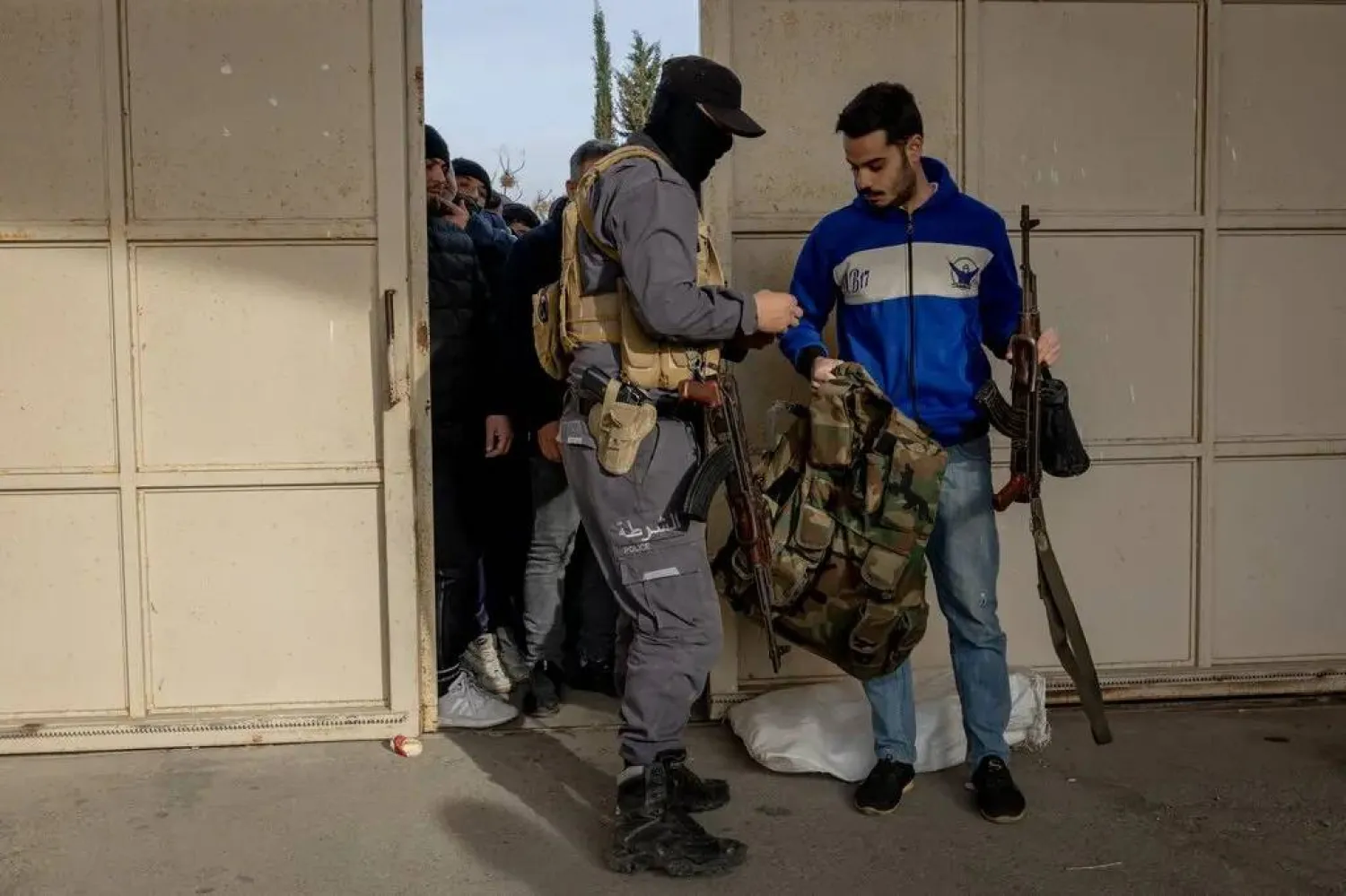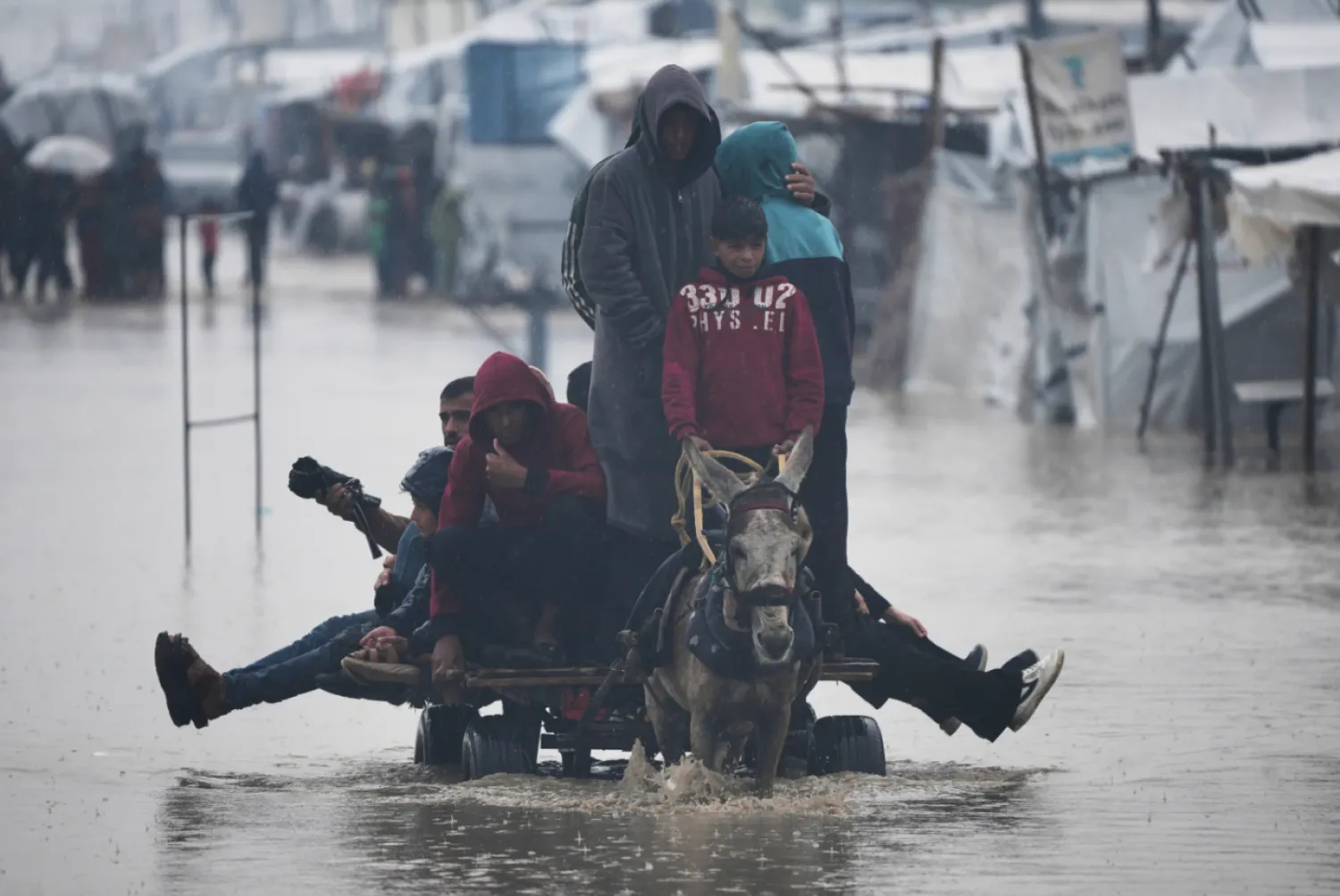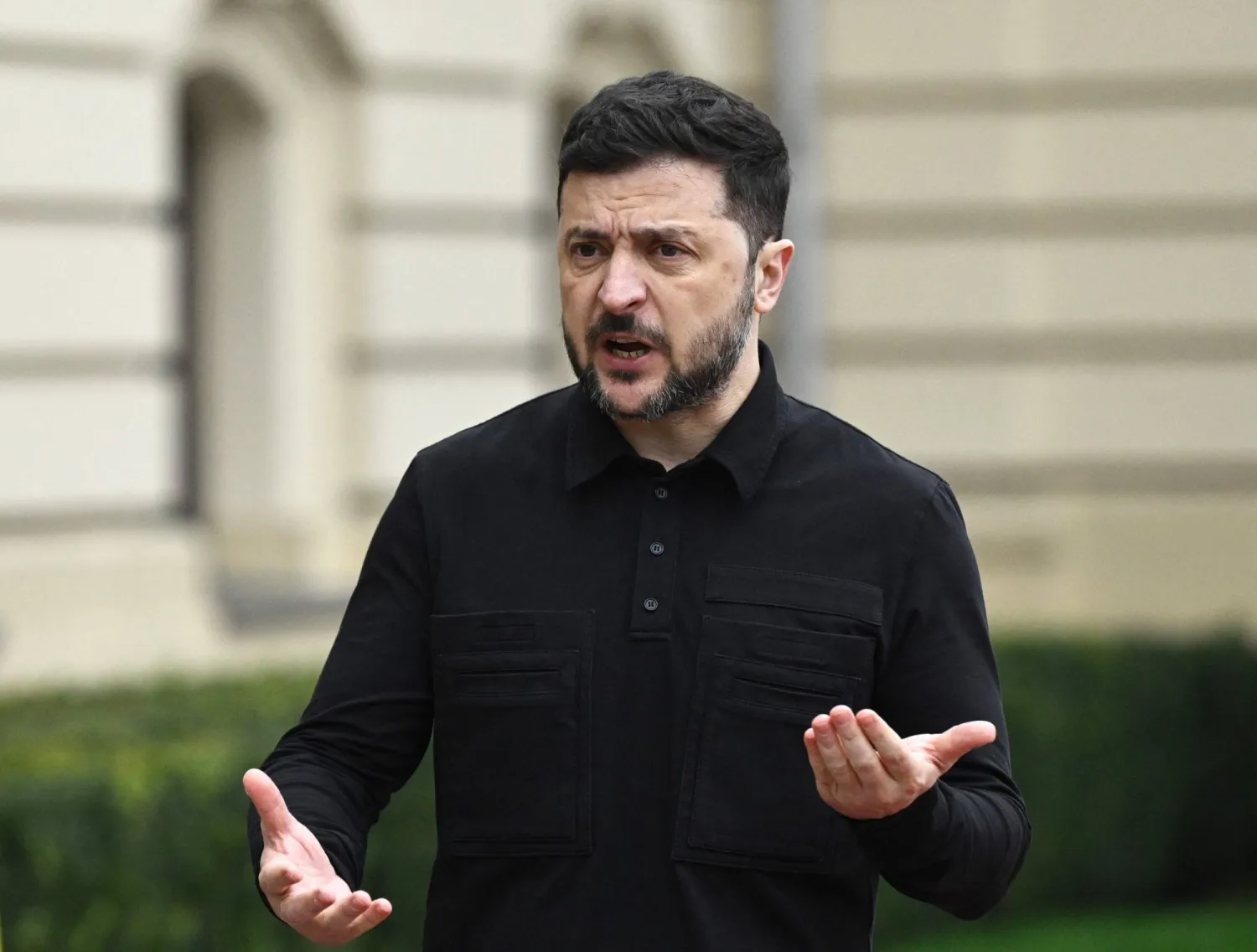After more than 420 days of the most devastating war in Palestinian history, the people of Gaza, who have lost their land, lives, homes, and loved ones, still struggle to understand what exactly happened. What did Hamas aim to achieve with its surprise attack on Israel on October 7, 2023? The offensive reshaped the region and opened the gates to war and sweeping changes.
The only clear outcome so far is that Gaza has become unlivable. The survivors, who have lost nearly 50,000 people in the ongoing war and seen over 100,000 wounded, are left with indescribable pain.
If the residents of Gaza—and perhaps those in the West Bank, Lebanon, and other areas—are uncertain about Hamas’ intentions, they at least hope that the results, no matter how delayed, will be proportional to the losses. The only compensation for such sacrifices, they believe, would be the establishment of a state. But did Hamas genuinely seek statehood?
Hamas claims the attack marked the start of a liberation campaign. However, it focused on certain key issues: addressing the “stagnation” in the Israeli prisoner file, protesting repeated Israeli security force violations against Palestinian detainees, and countering increased aggression in Jerusalem and Al-Aqsa Mosque, as well as escalating settlement activity.
Hamas has also stated it aimed to preemptively strike to deny Israel the chance to surprise Gaza and to bring the Palestinian cause back to global attention.
A Hamas source told Asharq Al-Awsat: “These were valid and sufficient reasons for the movement to launch the attack, but the plan spiraled out of control.”
“The primary goal was to capture Israeli soldiers and broker a historic prisoner exchange deal. The other reasons were secondary. Even the main planners did not expect the Israeli forces to collapse so quickly, which allowed more resistance fighters to push into other areas within a short period. This expanded the scope of the operation beyond what was originally planned,” the source added.
Since its establishment in the late 1980s, Hamas has been fixated on liberating Palestinian prisoners through force.
In the early 1990s, shortly after its founding, Hamas managed to kidnap soldiers in the West Bank, Gaza, and Jerusalem, killing them without negotiation. In 1994, Hamas operatives abducted a soldier in Ramallah, broadcasted images and messages, and demanded a prisoner swap before Israeli forces raided the location, killing everyone inside.
Over the past few decades, Hamas has persistently pursued this goal, culminating in the 2006 abduction of Israeli soldier Gilad Shalit near Gaza. Shalit was held until 2011 when a major exchange deal freed him in return for 1,000 Palestinian prisoners, including Yahya Sinwar, who later spearheaded the October 7 attack to secure the release of remaining prisoners.
Hamas remains the only group to have successfully kidnapped Israelis inside Palestinian territories, unlike others who managed such operations abroad.
A Hamas source stated: “The movement’s leadership, particularly its political bureau chief Yahya Sinwar, has always prioritized the prisoner issue, seizing every opportunity to release as many as possible.”
“Sinwar had promised his comrades upon his release in the Shalit deal to secure their freedom,” the source added.
Indeed, Sinwar had sought a deal for four captives held by Hamas: soldiers Hadar Goldin and Oron Shaul, captured in 2014, along with Avraham Mengistu, who crossed the Gaza border that same year, and Hisham al-Sayed, who also infiltrated from the border.
Hamas’ Tactics Before and After
Between 2014 and 2023, Hamas tried every strategy, proposing comprehensive deals and humanitarian exchanges and pressuring Israel by releasing videos of captives. Before the war, Hamas released a video of Mengistu, in which he said: “I am Avera Mengistu, the prisoner. How long will I remain in captivity with my friends? Where are the state of Israel and its people regarding our fate?”
Hamas has consistently used video releases to pressure Israel into prisoner swaps, a tactic it amplified during the current war. Over the past year, the group released multiple videos of Israeli captives to exert pressure on both the Israeli government and the families of detainees.
Most recently, Hamas released footage of dual US-Israeli citizen Aidan Alexander, who appealed to President-elect Donald Trump and Israeli Prime Minister Benjamin Netanyahu to negotiate his release and that of others in a prisoner exchange deal. Alexander warned that his Hamas captors had received new instructions if Israeli forces reached them, implying the possibility of his execution. He urged Israelis to protest daily to pressure their government to agree to a deal and end the war in Gaza.
Hamas’ latest video claims that 33 captives were killed and others went missing due to decisions made by Netanyahu and the Israeli army. It warned that continuing the war might lead to the permanent loss of captives.
A movement insider remarked: “When efforts for a deal failed, Hamas resorted to military action on October 7 to revive the issue.” However, the results were far from what Hamas had hoped for.
Most observers believe Hamas initially planned to capture a limited number of Israelis, forcing Israel into a short conflict that would result in a prisoner exchange, similar to the Shalit operation.
But the flood Hamas unleashed instead brought catastrophe upon Gaza, which has been devastated and paid an exorbitant price far exceeding its intended objectives.
A Growing Debate
Voices in Gaza are increasingly questioning whether the release of prisoners justifies the immense destruction. Many argue that the number of casualties now far exceeds the number of prisoners—around 6,000 before the war.
Fared Abu Habl, a displaced Palestinian from Jabalia now in Khan Yunis, said: “All we want is for this war to stop. Nothing can compensate for the enormous price we’ve paid—not even the release of all prisoners can restore our dignity as we languish in tents with nothing to feed our children.”
He added: “Who is responsible for this? If the prisoners themselves were asked, they might sacrifice their freedom to end this bloodshed.”
However, Manal Yassin argues that Israel and Netanyahu are primarily to blame for prolonging the war, rejecting every solution Hamas has offered. She believes Hamas has shown considerable flexibility but that Israel remains unwilling to negotiate.
This debate has spilled over to social media, with many voicing frustration. Writer Mahmoud Judeh lamented on Facebook: “The situation defies logic—hunger, fear, and rain-drenched misery in Gaza. This relentless suffering for nothing but humiliation.”
Dr. Fadel Ashour noted: “Hamas’ futile persistence is costing us dearly—our blood and the flesh of our children.”
Such public debates have extended to politicians and religious figures. Sheikh Suleiman Al-Dayeh, a prominent Islamic scholar aligned with Hamas, sparked controversy by criticizing the war’s toll. While defending the October 7 attack, he acknowledged its devastating impact on Gaza and called for reflection.
His comments drew mixed reactions, with some branding him a “defeatist.”
Hamas insiders admitted that the scale of the October 7 operation exceeded expectations, particularly regarding the extent of Israel’s retaliation. They conceded that if the planners had foreseen the consequences, they might have reconsidered the operation.
Negotiating a prisoner swap with Israel now appears more complicated than Hamas anticipated. Meanwhile, Netanyahu seems intent on prolonging the war to secure his political survival. Observers suggest this strategy helps him delay his corruption trials and maintain his coalition.
Many agree that a deal becomes less likely as time drags on, leaving Gaza in ruins and its people in despair.









